The tea tree has the scientific name Camellia sinensis, the buds and leaves are picked to make tea. The tea tree absorbs the essence of heaven and earth to grow; through the process of care and processing by humans, it becomes a product. In a small tea bud, the vastness of heaven and earth and human ingenuity are accumulated. Heaven, earth and human are united there.
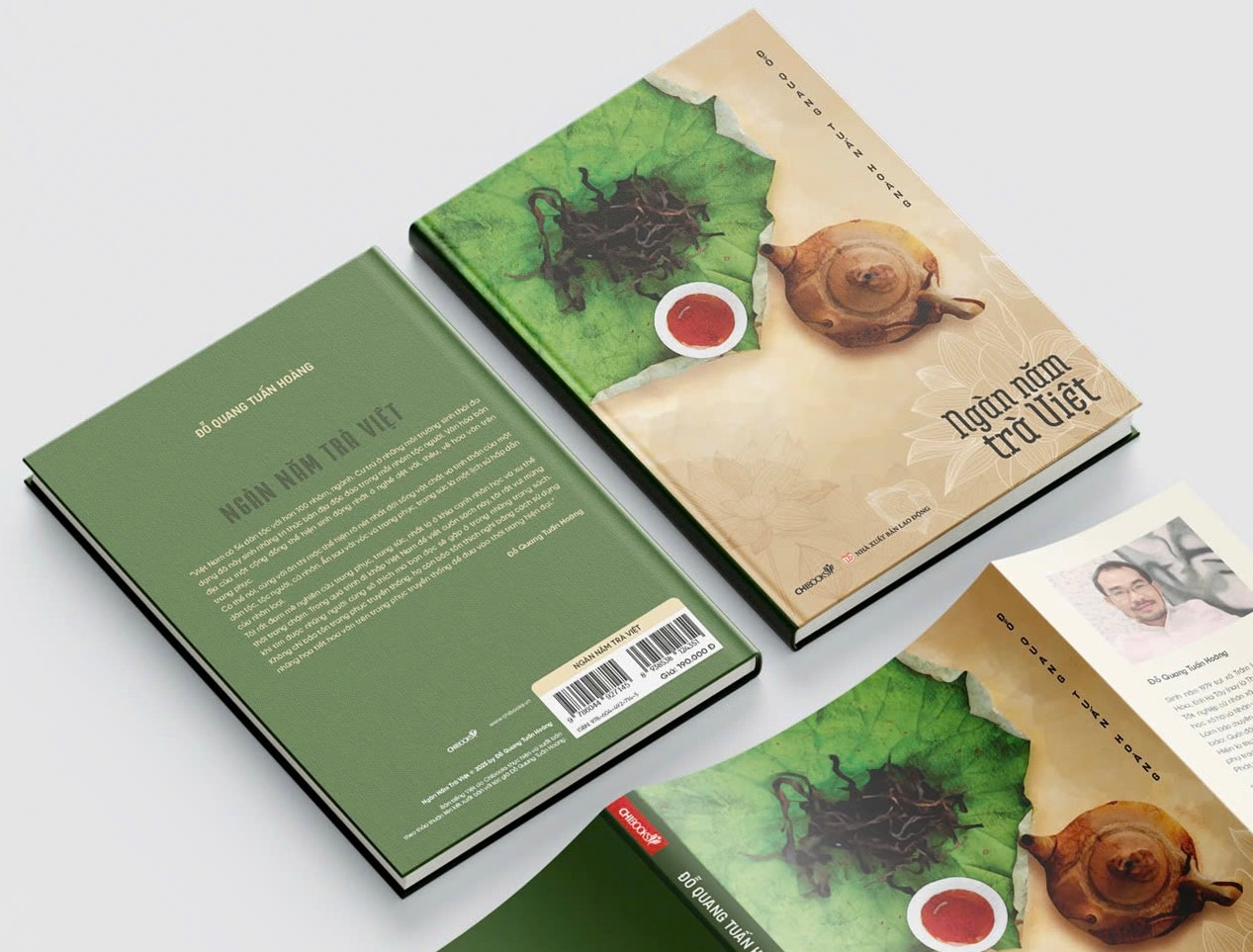
Regarding tea, Vietnam currently ranks fifth in the world in terms of tea growing area and sixth in tea output. We process about 15 different types of tea, of which black tea and green tea are the two main products, accounting for the largest proportion in exports. Vietnamese tea products have reached 74 countries and territories, mainly markets such as Pakistan, China, Russia, Indonesia... For the majority of Vietnamese people, tea is associated with their entire life cycle.
Also because of his passion for drinking tea, author Do Quang Tuan Hoang traveled everywhere to learn about tea plants, how to make tea, drink tea, customs and practices related to tea and wrote the book "Thousand years of Vietnamese tea". The book was published by Chibooks Culture Joint Stock Company in association with Labor Publishing House, and is part of Chibooks' "Vietnamese Culture" book series.
“Thousand Years of Vietnamese Tea” consists of 5 chapters, taking readers on a journey to learn, enjoy and feel the quintessence of Vietnamese tea. Chapter 1 “Overview”, the author introduces the legend, history, science and socio-economics surrounding tea trees, especially Vietnamese tea, with typical tea growing regions, rare ancient tea varieties and the presence of tea in old places.
Chapter 2 “The higher the land, the better the tea” takes readers to famous tea regions such as Suoi Giang, Ta Xua, Phinh Ho, Tan Cuong, Dong Truong Son, Tay Con Linh, Cau Dat, Tam Dao… In particular, chapter 3 on “Unique tea customs” is very special with the presence of tea in rituals, weddings, funerals and daily life of Vietnamese people. Chapter 4 “Elegant pleasures” shows the extremely sophisticated ways of enjoying tea of Vietnamese people. Closing the journey, chapter 5 affirms an ancient truth: Tea is medicine.
According to the author, the book does not list all the tea regions of Vietnam, but focuses mostly on ancient Shan Tuyet tea regions, unique tea-making methods, and interesting customs and practices related to tea.
“Fortunately, I have discovered more and more that the H'mong, Dao, Tay, Thai, Ha Nhi, Cao Lan, Giay ethnic groups in remote mountainous areas are the true tea people. They have thousands of years of traditional tea forests, and a massive tea culture expressed through indigenous knowledge of how to grow tea, pick tea, dry tea, preserve tea, drink tea, and worship tea...”, said author Do Quang Tuan Hoang.
The book inspires readers to explore tea regions, meet people who are growing, caring for, and processing delicious tea buds for life...
Source: https://hanoimoi.vn/ngan-nam-tra-viet-goi-tinh-hoa-tra-trong-nhung-trang-sach-709539.html



![[Photo] Cat Ba - Green island paradise](/_next/image?url=https%3A%2F%2Fvphoto.vietnam.vn%2Fthumb%2F1200x675%2Fvietnam%2Fresource%2FIMAGE%2F2025%2F12%2F04%2F1764821844074_ndo_br_1-dcbthienduongxanh638-jpg.webp&w=3840&q=75)




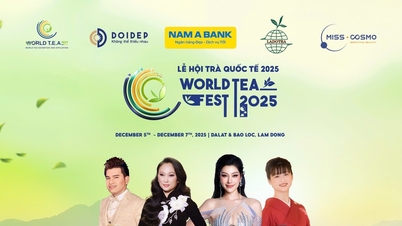

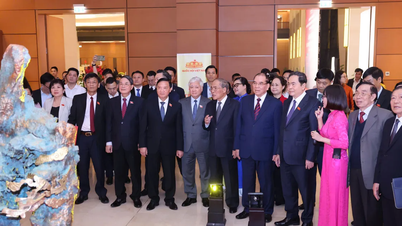

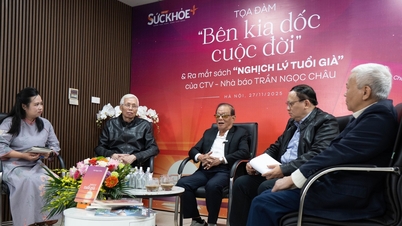



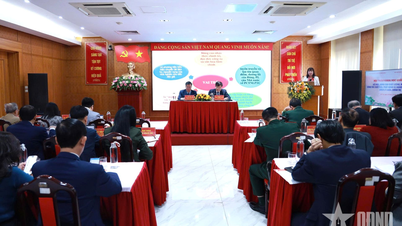

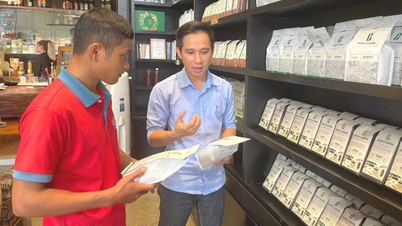


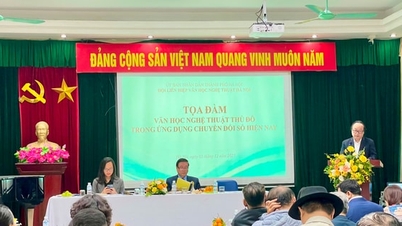




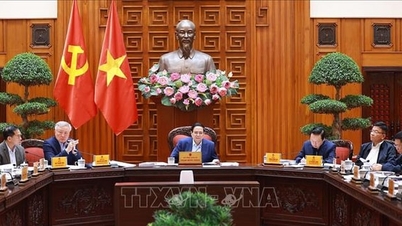




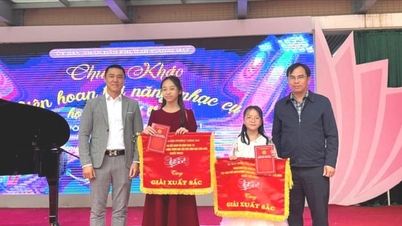
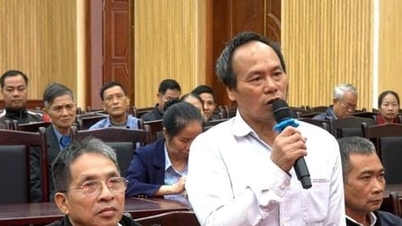
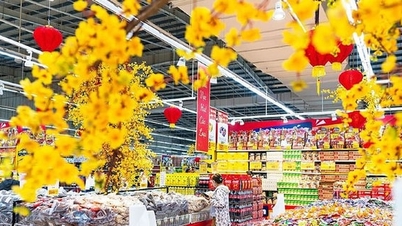

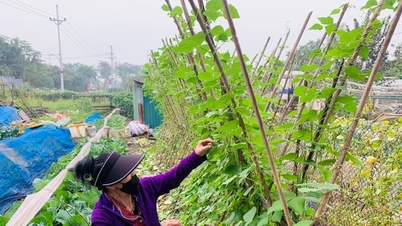
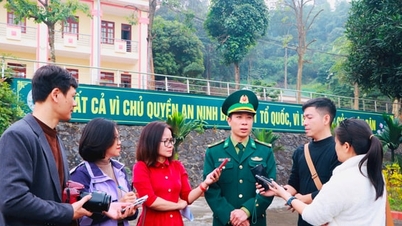

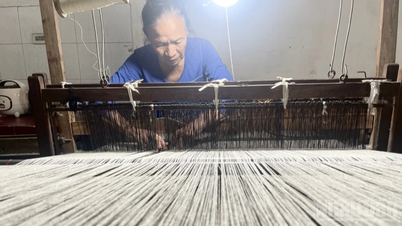

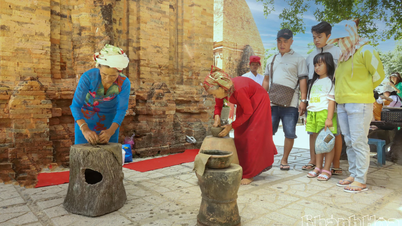

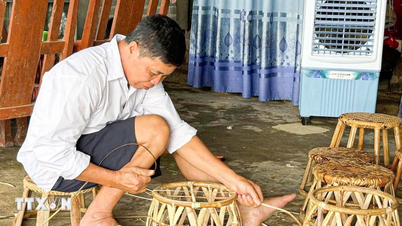

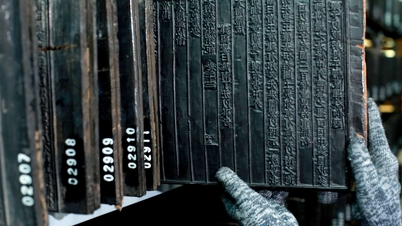


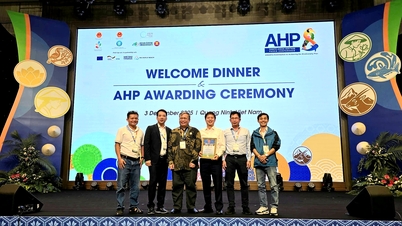






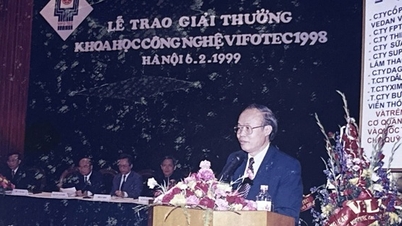

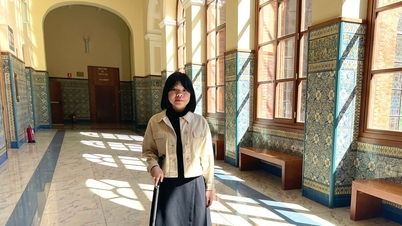
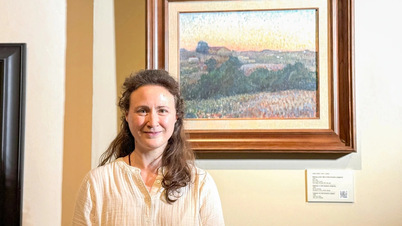
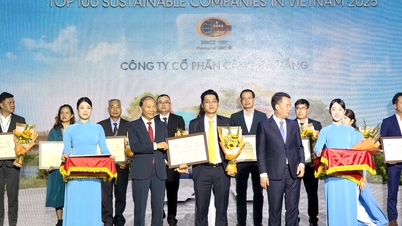
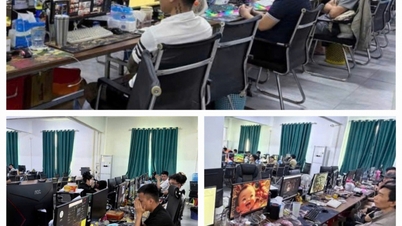
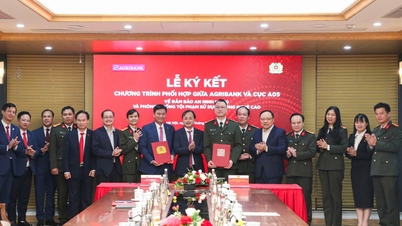














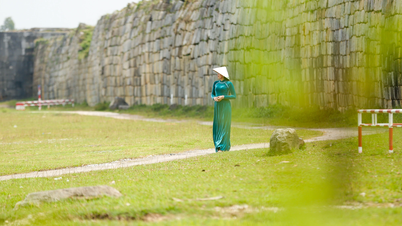



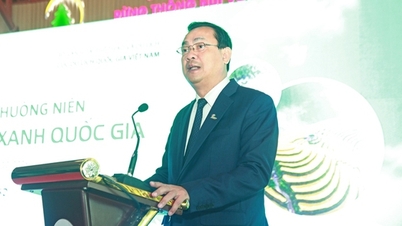


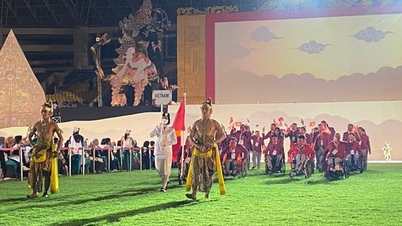
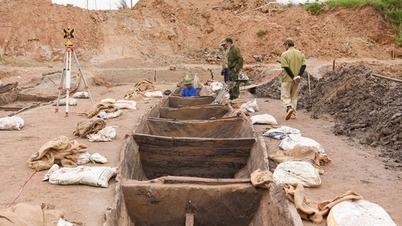



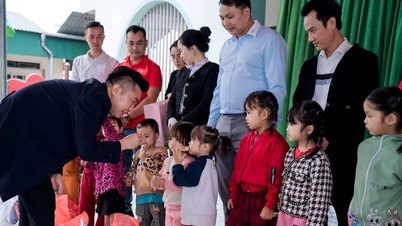

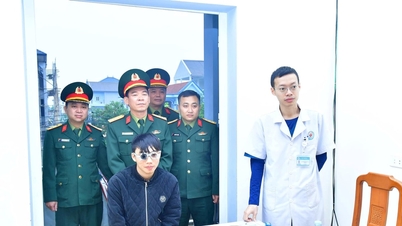













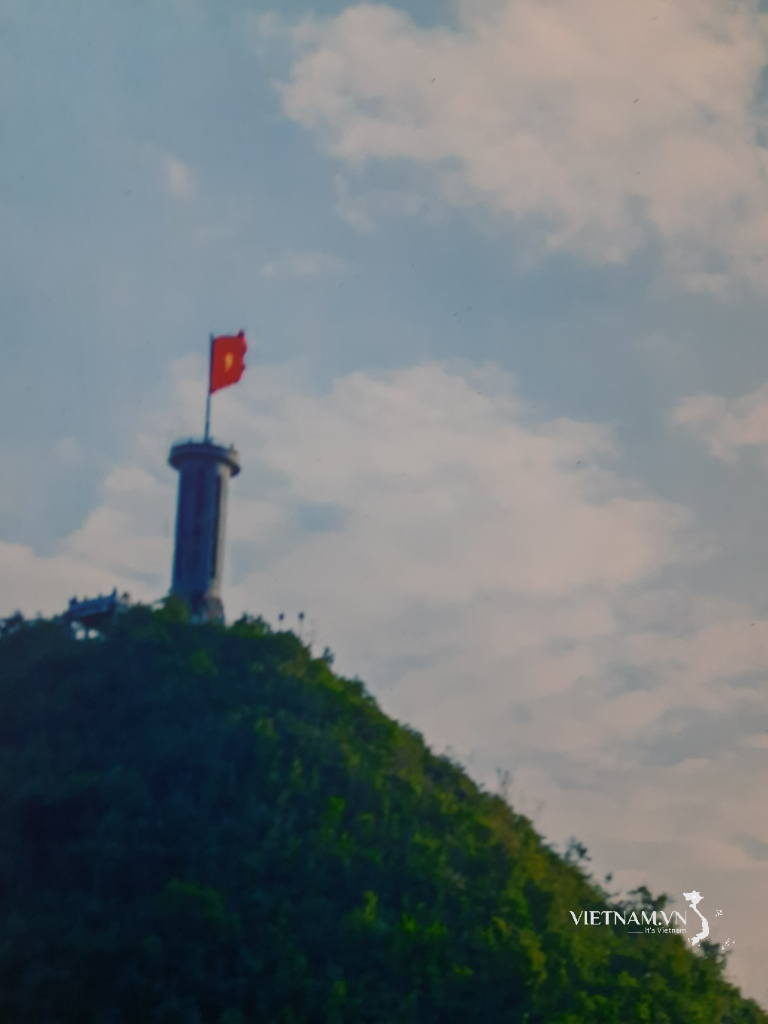




Comment (0)